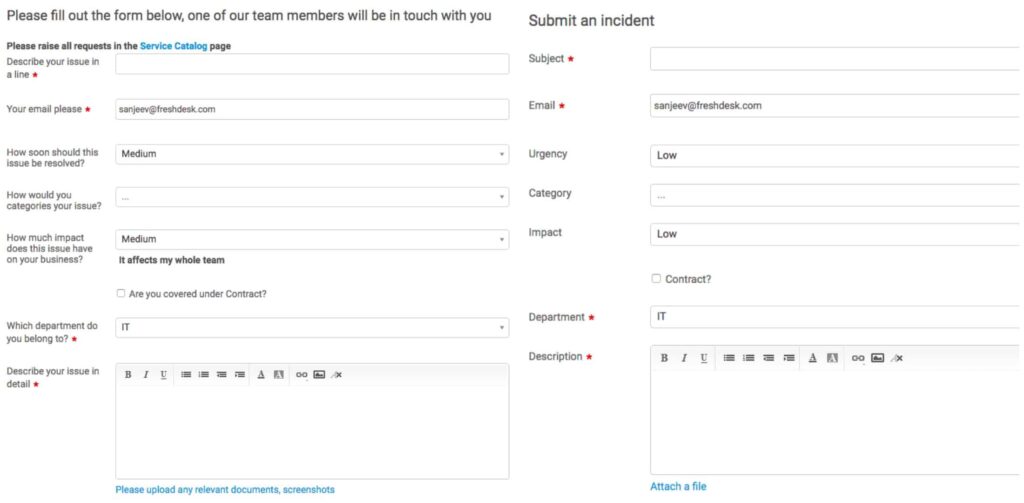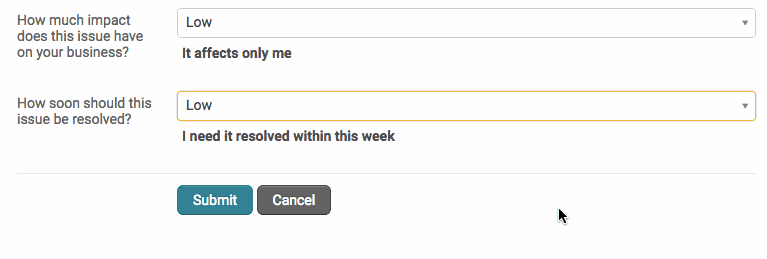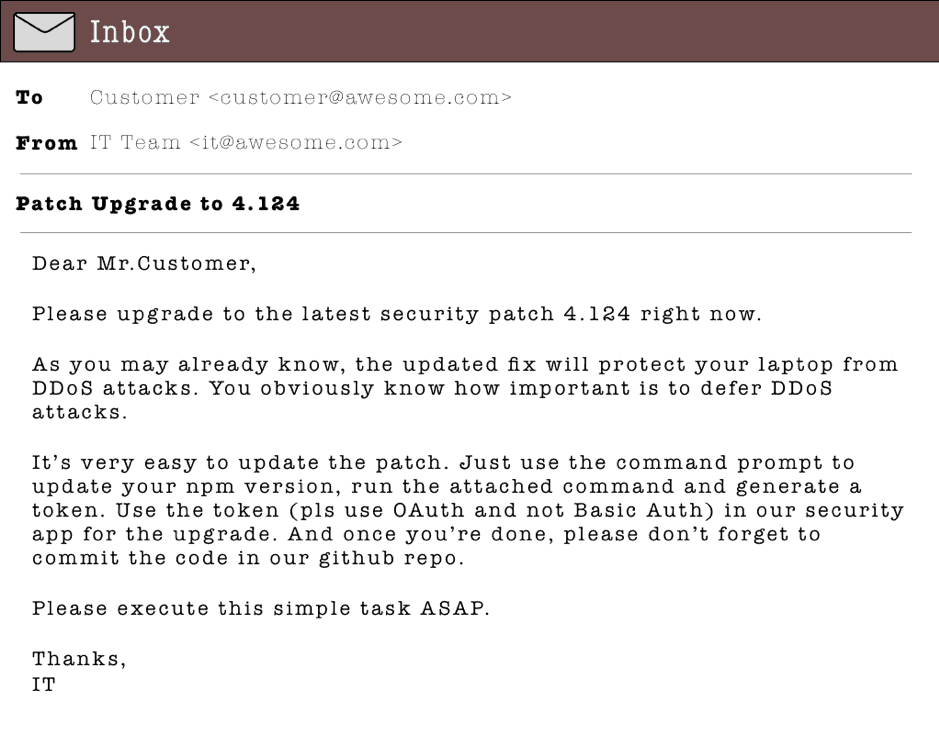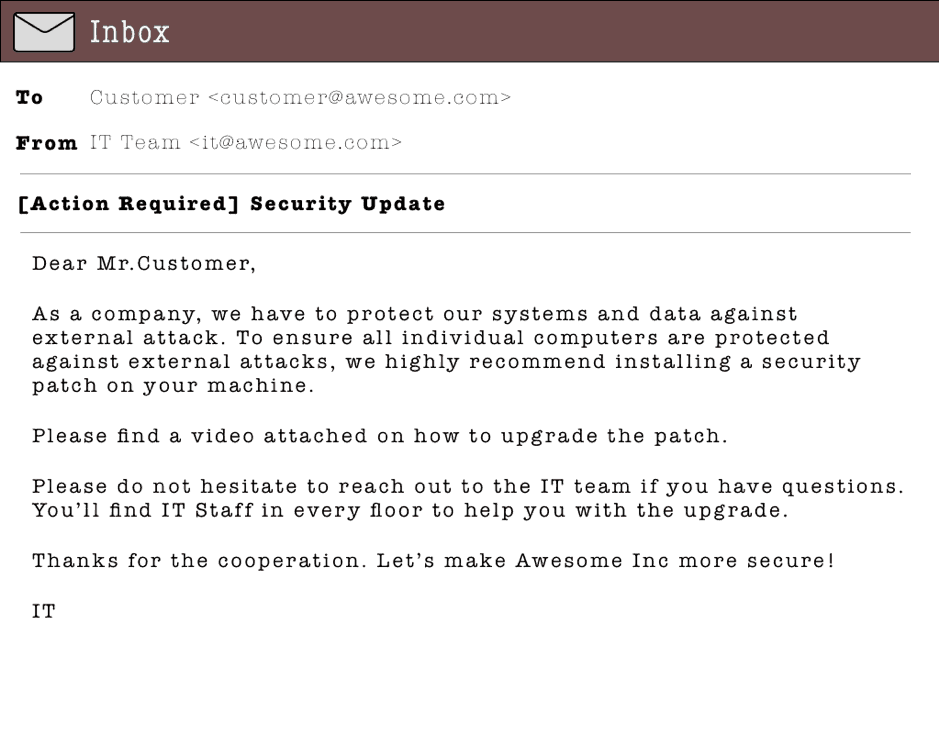It was my first ever visit to a foreign country. I was terrified. I had to use public transport to get somewhere. I was terrified, again. I’m not a fan of public transport as I get lost all the time. I’m also slightly introverted, so I’m more likely to end up on the last stop of the wrong train than stop to ask someone if I’m on the right train. This article looks at how something I call “selfless service” makes the customer journey – in this case, literally – so much easier to deliver a better customer experience.
My first visit to London and a great customer experience
I took the London Underground and surprisingly, I reached my destination without getting lost. More importantly, without asking anyone.
The entire journey was such a smooth ride (but not the tube journey itself, that was a little bumpy). From the moment I entered the tube station, to when I got out, it was a natural flow of things. I didn’t get stuck anywhere and it felt like I knew what to do next, automatically. It felt like I’d taken a sip of Felix Felicis (Potterhead alert!).
How did this happen? How did London Underground make me feel so comfortable when I was potentially in my most vulnerable state? Especially as I was without the internet on my phone because being so far underground blocks the mobile signal.
Simple. London Underground put my needs above their own (although one could argue that it also serves their needs if I use and reuse the tube because of this). They put their customers’ needs above their own. They did what I call: Selfless Service.
What did they do? (And why did it inspire this Selfless Service article?)
Well, it’s pretty simple. All they did was help me in the right places at the right time. For example, whenever I had to make a left or a right, there would be signposts guiding me in the right direction.

And the best part is, they only gave me the information that I needed. They didn’t stick the entire map in front of my eyes and say: “Go figure.” Also, they predicted the information I would need and made it available.
They also helped while on the tube train. Because London Underground consists of different tube lines, you might need to change trains, at lines, at certain stations. To help, there’s this really useful map stuck inside each train to help passengers switch trains with ease.
Then, if this wasn’t enough, they even helped me make choices before I boarded the tube train. How awesome is that!

But what about IT Self Service?
Self-service is great but let’s pause to think what self-service really means to the customer.
By asking our customers to self-serve, we’re asking them to stop what they’re doing, go to a particular place, and to help themselves. We’re interrupting our customers’ routine.
If the London Underground had its own form of self-service (rather than the carefully planned out signage), I would’ve had to pause at every juncture to use a help kiosk before moving on. Can you imagine the experience? Being constantly interrupted in achieving my end goal — transportation from A to B.
Following my tube experience, I now look at traditional IT self-service as a selfish approach to customer service. It often focuses on the organization’s goal rather than the customer.
Importantly, in differentiating:
- Self-service is about “How can I help my customer when they need me?”
- Selfless service is about “How can I ensure that my customer will never need me?”
It’s not about you (or your organization), it’s about the customer. It’s always about the customer.
I’m not suggesting that we completely do away with the self-service model. It needs to exist (and can offer some great benefits for all involved)! But it shouldn’t be the default way to get things done.
Why should your organization be selfless (and offer Selfless Service)?
If you’ve ever watched the Friends TV Show, here’s what Joey says in one episode:

I believe him!
And here’s what I think will happen if you approach customer service and IT service management (ITSM) with a selfless mindset…
A good customer experience can become a lead generation source
Customers are your most effective marketers. If you treat them well, they can get you more qualified leads than the best marketing wizard on the team (I did warn you that I’m Potter-obsessed)!
If we consistently make our customers feel good (and consistently is key here), they’ll automatically start recommending us to their friends. It’s a simple concept. And at the very basic of human levels, I believe that anyone would recommend anything if they think it’s going to make them look good.
What ITSM pros need to do about Selfless Service
I believe it’s simply a mindset change that we need to adopt to provide great customer service to end users/customers. In a selfless world, customers’ needs are put above the organization’s needs. And we approach customer service from the customers’ perspective.
We stop asking “How many tickets have I resolved” and start asking “How many customers have I made happy today?”
We stop asking “How do I set up a knowledge base?” and start asking “How do I get information to the customer in a way they understand?”
We stop asking “How do I build a ticket form?” and start asking “How do I design an experience for my customer to get me the information I need?”
And, importantly, we stop making customers come to us and we start going to them.
Okay, but what can I do NOW in respect of Selfless Service?
Don’t you hate it when you read articles that tell you why you need to do something but that don’t tell you how? Well, me too! That’s why I’m including three things that you can immediately start doing to practice Selfless Service in your own organization.
1) Design a usable self-service portal!
When I say design, I don’t mean bright colors and shiny icons. Something as simple as changing the text on your self-service portal is a good start. An example below!

From there, you can go on to map a user journey for your customers, identify the places where they need to make choices and make those choices easy for them. Like this!

2) Review your email templates
As ITSM pros, we send a lot of emails (manual and automated) to our end users. While they may make complete sense to us, they may leave them a little baffled because – being selfish –we’ve used IT language. Something like this:

Okay, I’m sure that no IT team sends emails like this, but you get the point. All of our emails should be for our end users who are not as well versed with IT as we are – so cut the jargon and the IT terms and selflessly explain to them in simple language. Like this:

3) Create more videos, GIFs, and screenshots for your knowledge base
This one may sound simple, but it’s very effective! There’s no question that visual information is easy to consume, so then why do we make our end users go through pages and pages of text to understand something as simple as configuring a printer? There are so many tools available to create GIFs and screenshots. My personal recommendation would be Awesome Screenshot and LiceCAP.
Ultimately, we need to stop thinking from our perspective. We need to start thinking from the customer’s perspective. We stop being selfish, and we start being selfless. This article is simply me starting a conversation, one that I shall be continuing at the Service Desk and IT Support Show next week. I’d love to talk more about Selfless Service either there, in the comments, or via social channels!
Sanjeev NC
Sanjeev NC started his career in IT service desk and moved to ITSM process consulting, where he has led award-winning ITSM tool implementations. Sanjeev was also a highly commended finalist for Young ITSM Professional of the Year in itSMF UK’s annual awards. Sanjeev is currently creating IT content for Stitchflow, a platform that takes a visibility-first approach to IT automation.


2 Responses
Very informative and insightful piece on better customer service..
Thank you!